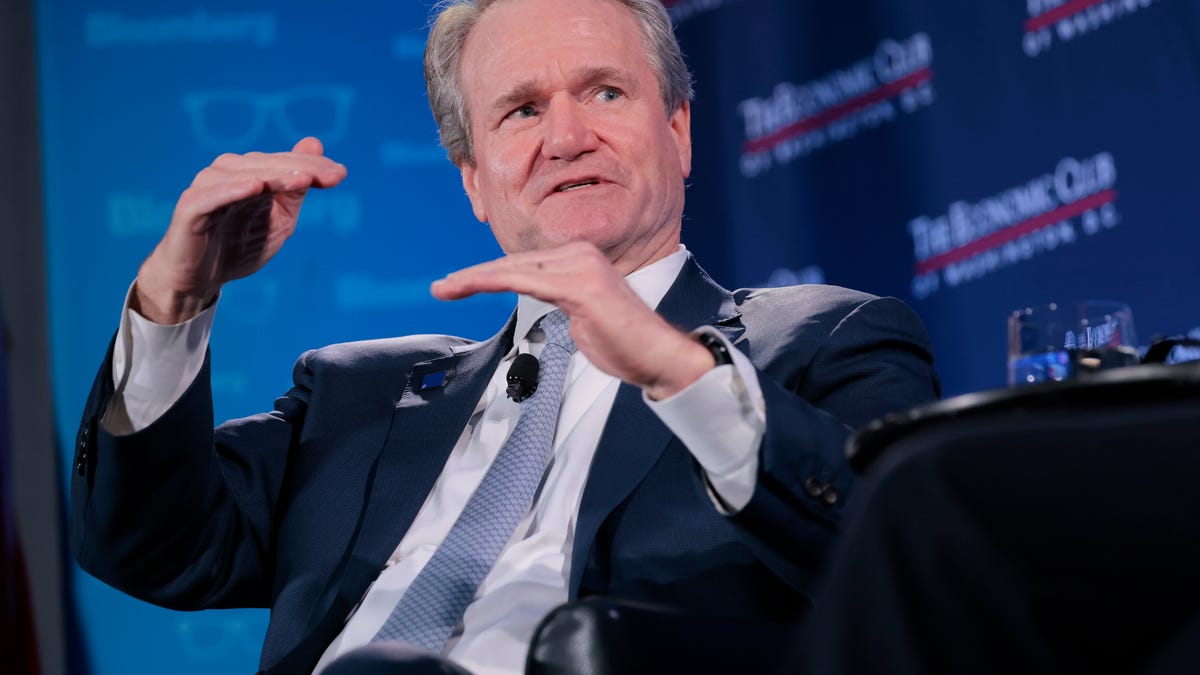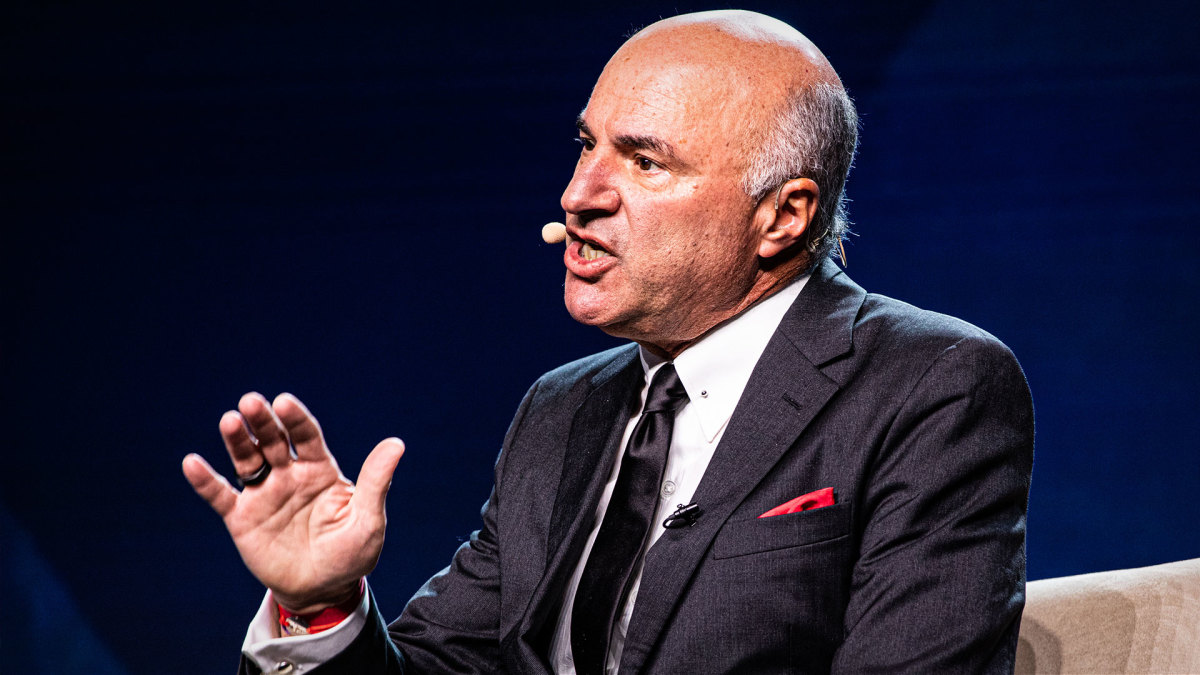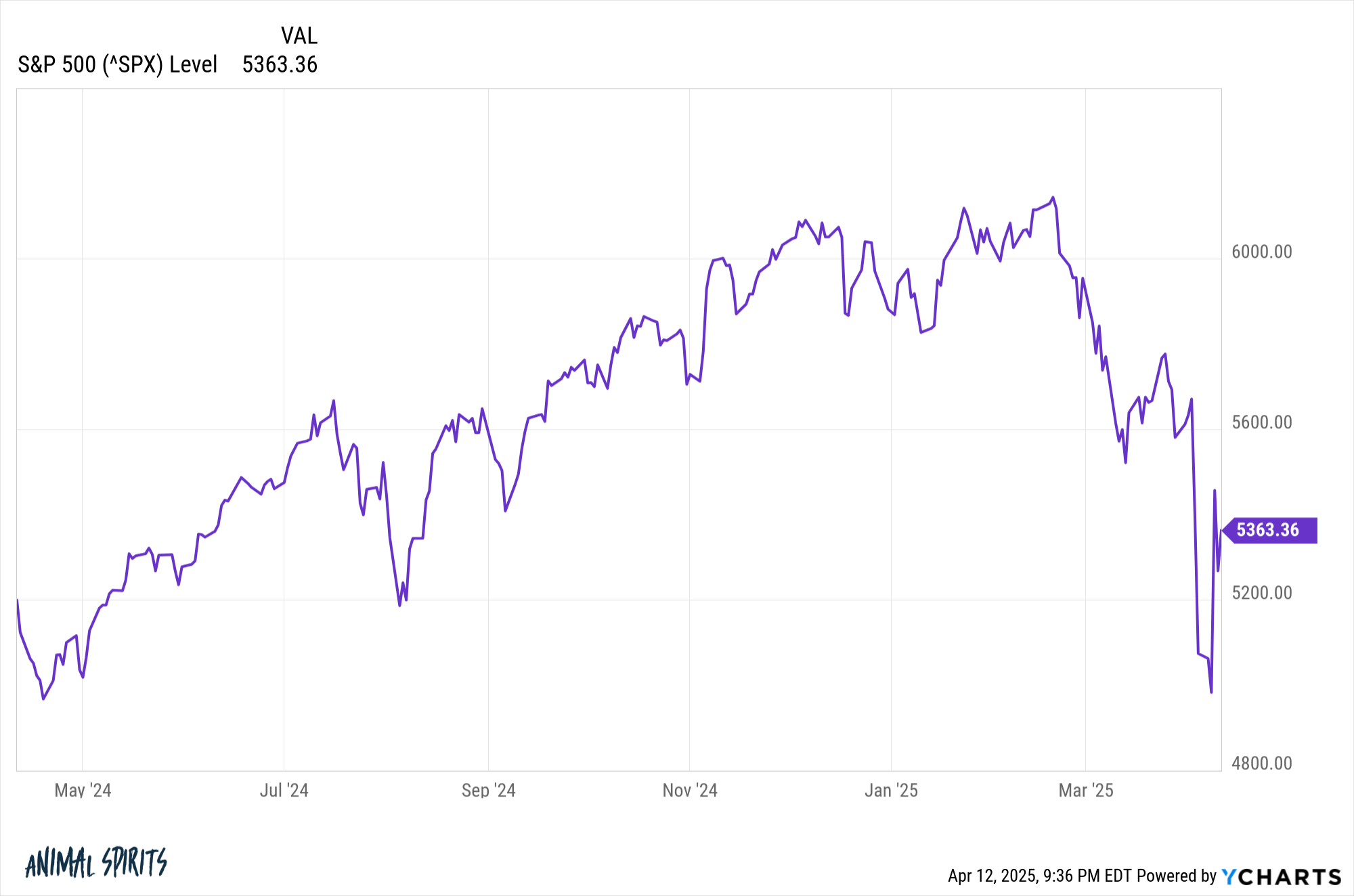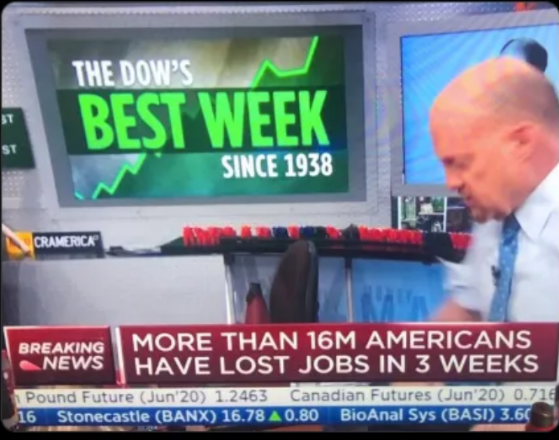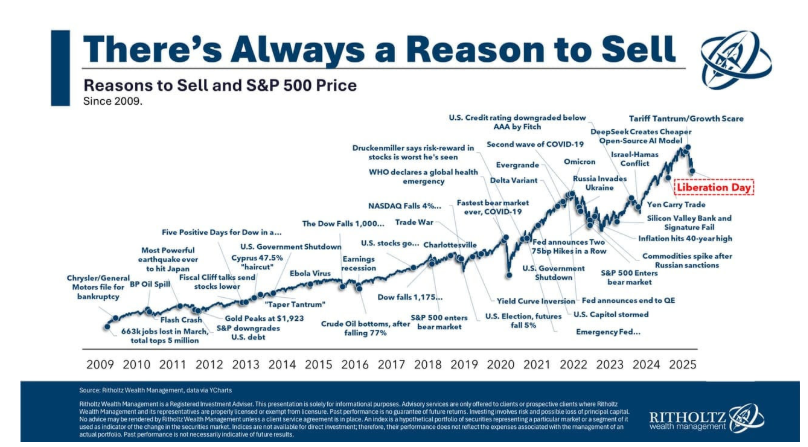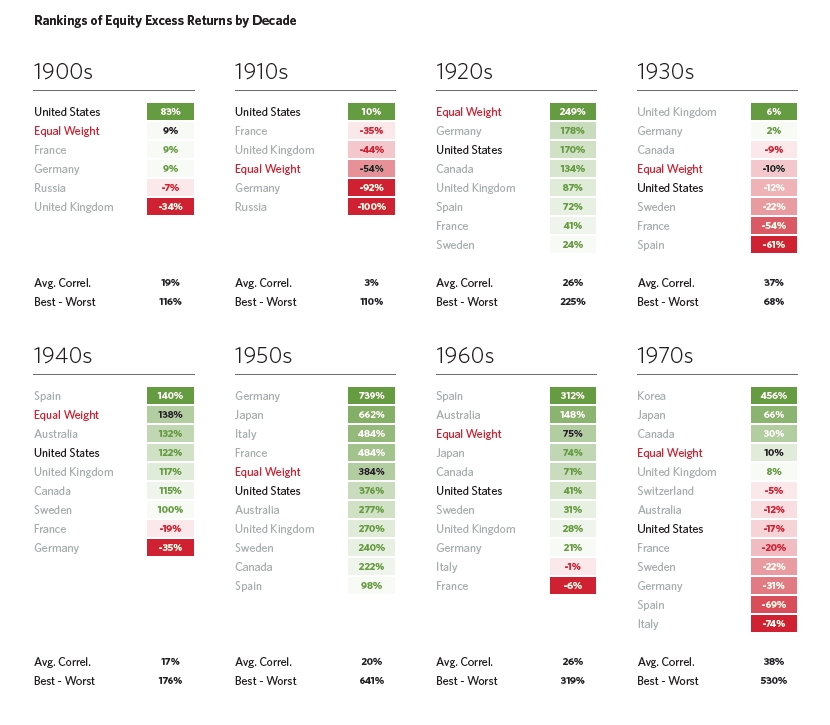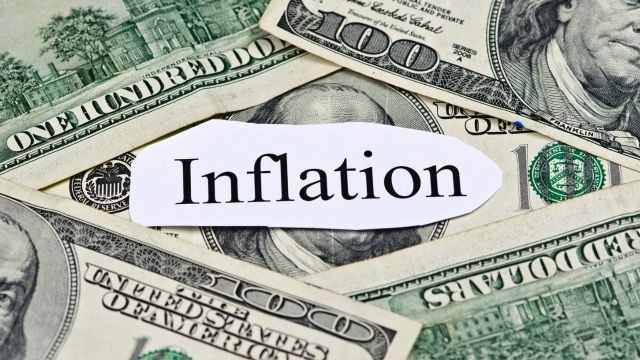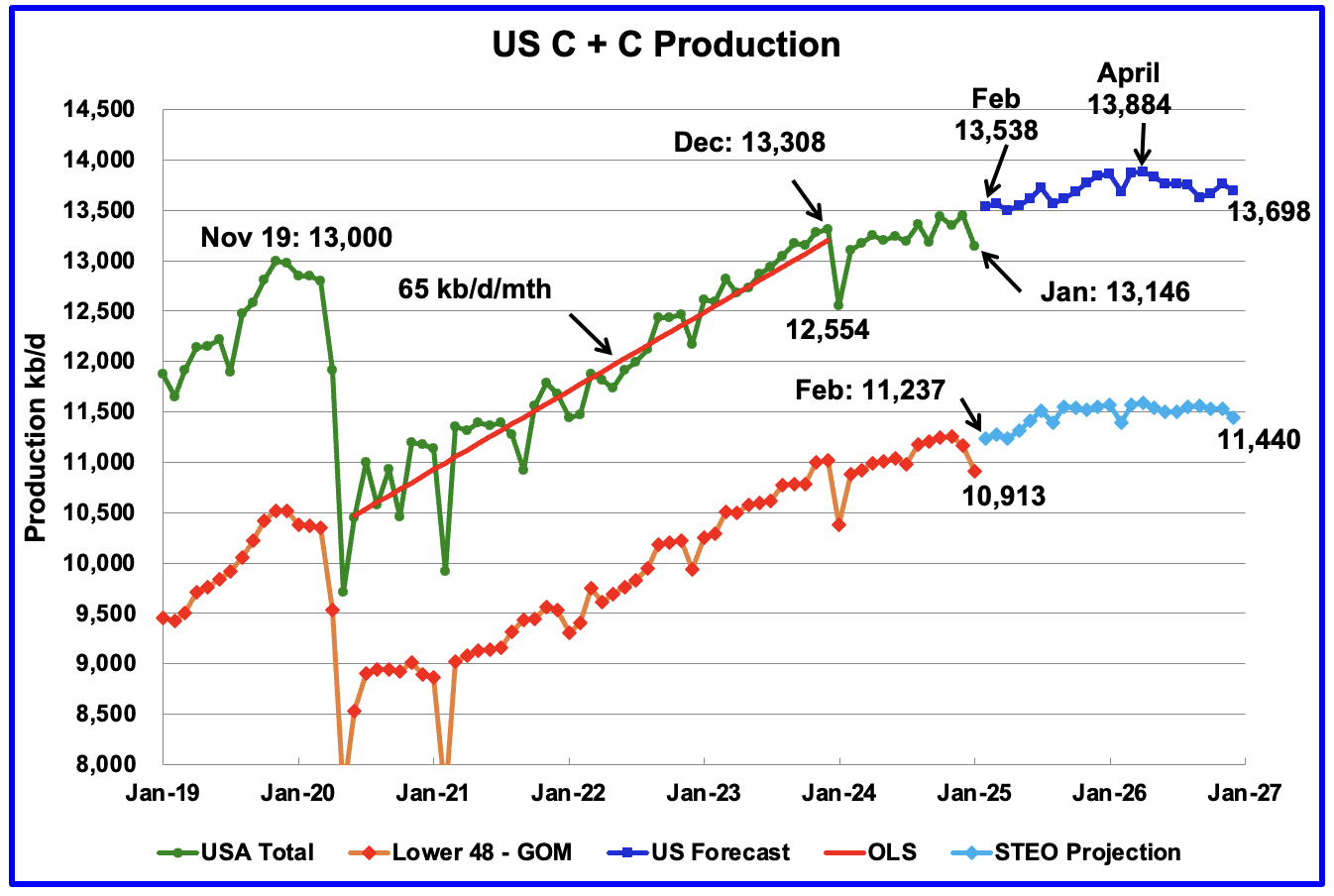Prediction: 1 Stock That Will Be Larger than Walmart in 5 Years
Walmart (NYSE:WMT) continues to be one of the top retailers investors look at as ways to play this particular space, and for good reason. I think there are plenty of reasons to be increasingly bullish on Walmart in this environment, with the retail landscape quickly shifting toward a top-heavy model which favors companies offering the absolute […] The post Prediction: 1 Stock That Will Be Larger than Walmart in 5 Years appeared first on 24/7 Wall St..

Walmart (NYSE:WMT) continues to be one of the top retailers investors look at as ways to play this particular space, and for good reason. I think there are plenty of reasons to be increasingly bullish on Walmart in this environment, with the retail landscape quickly shifting toward a top-heavy model which favors companies offering the absolute best value for consumers. With inflationary pressure remaining high, Walmart is likely to stand out as a winner in this sector, and that’s one reason why this top retailer continues to hold a market capitalization of more than $750 billion.
That said, I do think there are other consumer-facing names which could be worth considering as a long-term play on the U.S. consumer. Whether it’s buying one’s groceries and essentials at Walmart, or higher-income consumers buying goods elsewhere, I’d argue that Visa (NYSE:V) could be the better way to play this trade.
In fact, I’d argue that Visa has a good shot of exceeding Walmart’s market capitalization over the next five years. Currently sitting at a market cap of roughly $650 billion, one could make the argument that it’s entirely possible that a small divergence in performance could propel Visa atop Walmart in the market cap leaderboards over the course of the next year or two.
Here’s why I’m more bullish on Visa than Walmart right now.
Visa’s Impressive Fundamentals

It’s true that Walmart’s balance sheet is widely-considered to be one of the most bulletproof balance sheets out there. That’s true.
However, from a margin and growth perspective, I’d have to side with Visa as the longer-term winner. The company’s historically high profit margins compared to Walmart’s really stand out as the key differentiator in my books. Visa’s business model of charging transaction fees charged to merchants and financial institutions for processing payments is one which is highly scalable, and essentially grows alongside the economy. And as an added perk, if inflationary forces push prices higher, the percentage fees charged by payment processors like Visa also increase over time.
Thus, for investors concerned around the potential negative impacts of inflation and tariff policy on lower-priced goods (which will clearly impact Walmart in a negative way), those same factors could actually be a net benefit for the likes of Visa in the short-term.
Of course, many investors are questioning whether Visa can maintain its historically high gross margin of around 80% (substantially higher than that of Walmart at around 25%). But until regulators step in and say otherwise (with the Trump administration focusing on deregulation, unlikely to take place in the next few years), there’s a solid fundamental rationale to own Visa over Walmart in this current climate.
Walmart Isn’t Without Upside

I don’t want to come out and paint Walmart in a totally negative light. This is a company that’s seen its price-conscious crowd grow over decades, with higher-income consumers now seeking out the company’s relatively attractively-priced offerings. One could argue that tariff and inflation concerns could actually be a positive for Walmart over the long-term (or, depending on how long this environment continues).
But there’s also the reality that Walmart has seen its e-commerce segment become a significant growth driver over time. This particular segment saw revenue surge 27% year-over-year, demonstrating the effectiveness of its omnichannel strategy. For investors who want to bet that more and more product and service sales will ultimately be integrated between online and in-store shopping experiences, Walmart is an excellent play.
The company’s strong performance can also be attributed to a 5.3% increase in comparable store sales in the U.S., particularly in general merchandise and groceries, appealing to price-sensitive consumers through its “Everyday Low Price” strategy.
The Verdict

Overall, I do think Visa has a solid shot of upending Walmart in terms of market capitalization in a reasonably short amount of time. I think that long-term digital payment trends and the company’s astronomically high high profit margins, technological innovations, global expansion opportunities, and favorable market sentiment positions it well for future success.
We’ll have to see what the future holds for both these consumer-focused companies moving forward. But if I had to choose, Visa would be my pick as the company that’s going to be worth more in five years’ time.
The post Prediction: 1 Stock That Will Be Larger than Walmart in 5 Years appeared first on 24/7 Wall St..
























